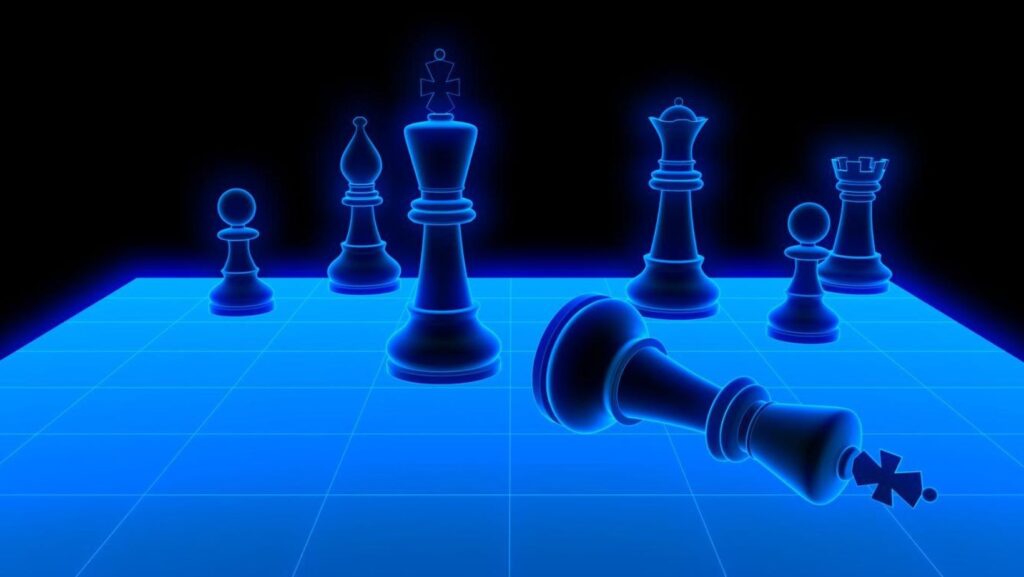
There is a vast population of aging adults in North America and developed countries worldwide. Memory issues and cognitive decline are more of a concern than they used to be, especially with so many adults living alone or with an aging partner. The ability to live independently depends on keeping cognitive functions operating at an acceptable level for safety and quality of life.
Brain-training games can help adults stay sharp and have fun at the same time. In fact, a lot of the games that help with cognitive function are ones that people of all ages enjoy. Younger family members may also be interested in playing them!
Here are a few elements to look for in a game that is good for combating cognitive decline and maintaining independence.
Memory challenges
Incorporating elements that encourage adults to remember something occurring within the last few minutes or seconds can improve cognitive function and help slow down decline. For example, a game may show a series of cards and then ask a player to pick out the series they just saw on the next screen. Color matching is a good example. A game may have nine or more ‘cards’ that a player can click and flip over, but that is only eliminated when they pick two cards of the same color in a row.
Problem-solving tasks
Hidden object games can combine attention exercises, such as finding specific objects or using some of the objects to perform a task and advance to the next stage.

For example, a game may have a screen where a player has to find 20 objects, but one part may involve clicking and dragging some objects and putting together an item. It may be as simple as finding five tools and putting them in a toolbox for later use in the game. There may be elements of picking up an object and using it to discover another object. For instance, hedge trimmers may need to be clicked on and dragged over to cut away vines to find a gold ring. The options are limitless.
Attention exercises
Some of the popular games that utilize attention exercises include Tetris and mobile games such as Candy Crush Saga. These games require a player to pay a lot of attention and match items. Classic games such as Scrabble or other board games that have been turned into video games can also be a big help. Games need to keep players engaged and coming back for more.
Cognitive stimulation
Some games, such as Scrabble or crossword puzzle games, stimulate players’ cognitive function. Chess is another classic game that involves a lot of cognitive stimulation. Hidden object games or games that utilize at least some hidden object scenes are great for cognitive stimulation and are also very relaxing. Most games allow for some hints so players can get help when they first learn to play. This can prevent players from becoming too frustrated and giving up. Games must be relatively easy. At the same time, there needs to be more challenging levels as players progress.

Game developers and entrepreneurs like Martin van Blerk, CEO of Caliber, use many fun elements to create games that keep players’ attention, improve cognitive function, help with relaxation, and can be played anytime and anywhere. Cognitive stimulation elements can mean users using logical processing, strategic processing, observation calculations, etc. These all aid in cognitive stimulation in game players and can aid in improving cognitive function.
Rewards
A cognitive game must have a good rewards system. Advancing to more challenging and fun levels, being awarded extra gear or features, or player rankings are all useful tools. There are countless ways to offer rewards. Some games are tied into marketing campaigns and monetization, especially if a player chooses to play the unpaid version of an app-based game.
Mobile or app-based games are the future.
Older adults are far more likely to use their phone, tablet, or computer for games than a console-based system. Tablets and phones are becoming increasingly popular because they can be used anywhere in the home, while commuting on a bus or subway, etc.
Game developers would be wise to develop games with mobile versions so that they can be more widely distributed and used by people with a range of devices and a limited budget.













